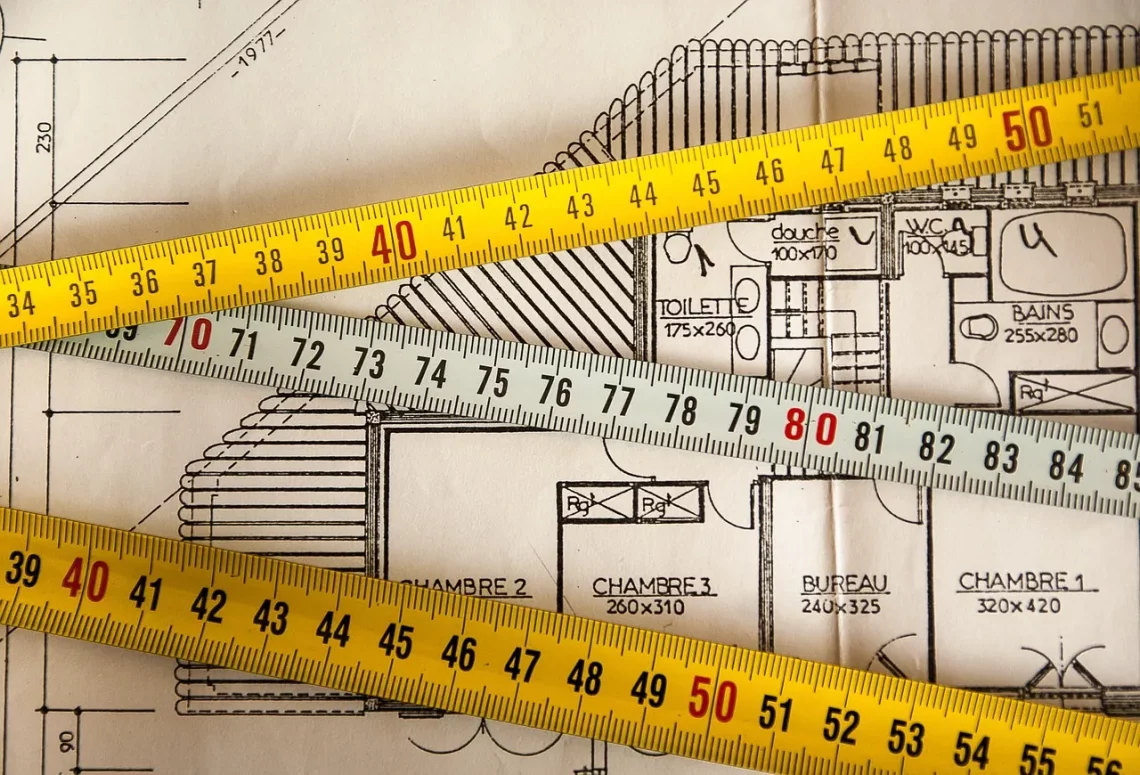
How Many Tablespoons Are in a Pound? A Quick Guide
Cooking and baking can often feel like a science experiment, where precision is key to achieving the perfect dish. One of the most common challenges in the kitchen is converting measurements. This is especially true when dealing with different units of weight and volume. For instance, understanding how many tablespoons are in a pound can be crucial for recipes that require precise ingredient measurements.
Whether you’re a novice cook or an experienced chef, knowing how to convert between these units can make or break a dish. A pound is a unit of weight commonly used in the United States, while tablespoons measure volume. This discrepancy can lead to confusion, especially when recipes are not consistently formatted. Furthermore, different ingredients have varying densities, which means that a pound of one ingredient may not equate to the same volume as a pound of another.
In this article, we’ll explore the relationship between pounds and tablespoons, providing clarity on this essential kitchen conversion. By understanding these measurements better, you can ensure that your culinary creations turn out just right every time. So, let’s dive into the world of cooking measurements and unlock the secrets of tablespoons and pounds.
Understanding Weight and Volume Measurements
To navigate the world of cooking and baking, it’s crucial to understand the difference between weight and volume measurements. Weight refers to how heavy an ingredient is, while volume measures how much space it occupies. These two types of measurements are often used interchangeably in recipes, but they are not the same.
When we talk about weight, we typically use ounces, pounds, grams, and kilograms. A pound, for instance, is a unit that equals 16 ounces. On the other hand, volume measurements include teaspoons, tablespoons, cups, pints, quarts, and liters. A tablespoon is a unit of volume equal to three teaspoons or approximately 14.8 milliliters.
The confusion arises when converting between these two types of measurements. For example, a pound of flour will occupy a different volume than a pound of sugar due to their differing densities. Understanding these differences is crucial for accurate cooking.
When measuring dry ingredients, it is essential to use a kitchen scale to ensure the correct weight. This is particularly important in baking, where precision is key. For liquids, using measuring cups and spoons is more common. However, if a recipe calls for a pound of an ingredient, knowing how to convert that into tablespoons can simplify the cooking process.
Moreover, many home cooks find themselves in situations where they do not have a scale handy, and they must rely on volume measurements. This is where knowing how many tablespoons are in a pound becomes valuable.
Conversions Between Pounds and Tablespoons
Converting pounds to tablespoons is not a straightforward process due to the variance in density among different ingredients. However, for general cooking purposes, we can establish some basic conversions for common ingredients.
For example, one pound of all-purpose flour is approximately equal to 32 tablespoons. This conversion is based on the average weight of flour and how it fills a tablespoon. Similarly, a pound of granulated sugar also equates to about 32 tablespoons. However, when it comes to ingredients like butter, the conversion changes slightly. One pound of butter is equal to 64 tablespoons since butter is packed more densely and comes in sticks that are typically measured in tablespoons.
It’s important to note that these conversions can vary slightly depending on how the ingredient is measured. For instance, if flour is scooped directly from the bag, it may become compacted, resulting in a heavier weight. Conversely, if it is spooned into the measuring cup, it may be lighter.
For accurate conversions, it is often recommended to use a digital scale, especially for baking, where precision is paramount. However, if you find yourself without one, understanding these general conversions can help.
When cooking, always consider the specific ingredient you are working with, as this can significantly affect the outcome of your dish. By being mindful of these differences, you can avoid common pitfalls and ensure your recipes turn out as intended.
Practical Applications in Cooking and Baking
Knowing how to convert pounds to tablespoons can significantly enhance your cooking and baking skills. Whether you’re following a recipe or creating your own culinary masterpiece, understanding these conversions can help you measure ingredients accurately.
In baking, for instance, achieving the right balance of dry to wet ingredients is crucial. Too much flour can lead to a dense cake, while too little can cause it to collapse. By knowing that a pound of flour equates to 32 tablespoons, you can easily adjust your measurements based on the specific needs of your recipe.
Similarly, when preparing sauces or marinades, precise measurements can make all the difference in flavor. If a recipe calls for a pound of tomatoes, converting that to tablespoons can help you understand the volume needed for your sauce. This is particularly helpful when using fresh ingredients, where weight and volume may not directly align.
In addition, understanding these conversions can help when scaling recipes up or down. Whether you are cooking for a large gathering or just for yourself, being able to convert measurements allows for flexibility. You can easily adjust the quantities while maintaining the balance of flavors and textures in your dishes.
Furthermore, this knowledge can also assist in meal prepping and planning. By having a clear understanding of how many tablespoons are in a pound, you can portion out ingredients ahead of time, ensuring you have everything you need for your culinary adventures.
In summary, mastering conversions between pounds and tablespoons is a valuable skill for any cook or baker. It not only enhances your precision in the kitchen but also boosts your confidence in trying new recipes and techniques.
Common Mistakes to Avoid
While converting measurements may seem straightforward, there are common mistakes that cooks often make. Being aware of these pitfalls can save you time and frustration in the kitchen.
One of the most frequent errors is not accounting for the density of different ingredients. As mentioned earlier, a pound of flour has a different volume than a pound of sugar. Therefore, it’s essential to know the specific conversions for the ingredients you are using. Relying solely on a general conversion can lead to inaccurate measurements and unsatisfactory results.
Another mistake is using the wrong type of measuring tools. For dry ingredients, using a liquid measuring cup can lead to overestimating the amount you’re using. Always use dry measuring cups for dry ingredients and liquid measuring cups for liquids to ensure accuracy.
Additionally, many cooks underestimate the importance of leveling off dry ingredients. When measuring flour or sugar, it’s crucial to scoop the ingredient and then level it off with a straight edge. Skipping this step can result in adding too much of an ingredient, which can alter the outcome of your dish.
Lastly, don’t forget to double-check your conversions. Whether you’re working from a recipe or converting measurements on your own, ensuring that you have the correct figures can prevent costly mistakes.
By being mindful of these common errors, you can enhance your cooking skills and achieve better results in the kitchen. The more aware you are of the nuances of measurement, the more confident you will become in your culinary endeavors.
In conclusion, while the question of how many tablespoons are in a pound may seem simple, it opens up a world of understanding about cooking and baking measurements. By mastering this knowledge, you can elevate your culinary experiences and create dishes that are not only delicious but also perfectly balanced.
Please note that this article is for informational purposes only and should not be considered medical advice. If you have any health concerns, please consult a qualified healthcare professional.




